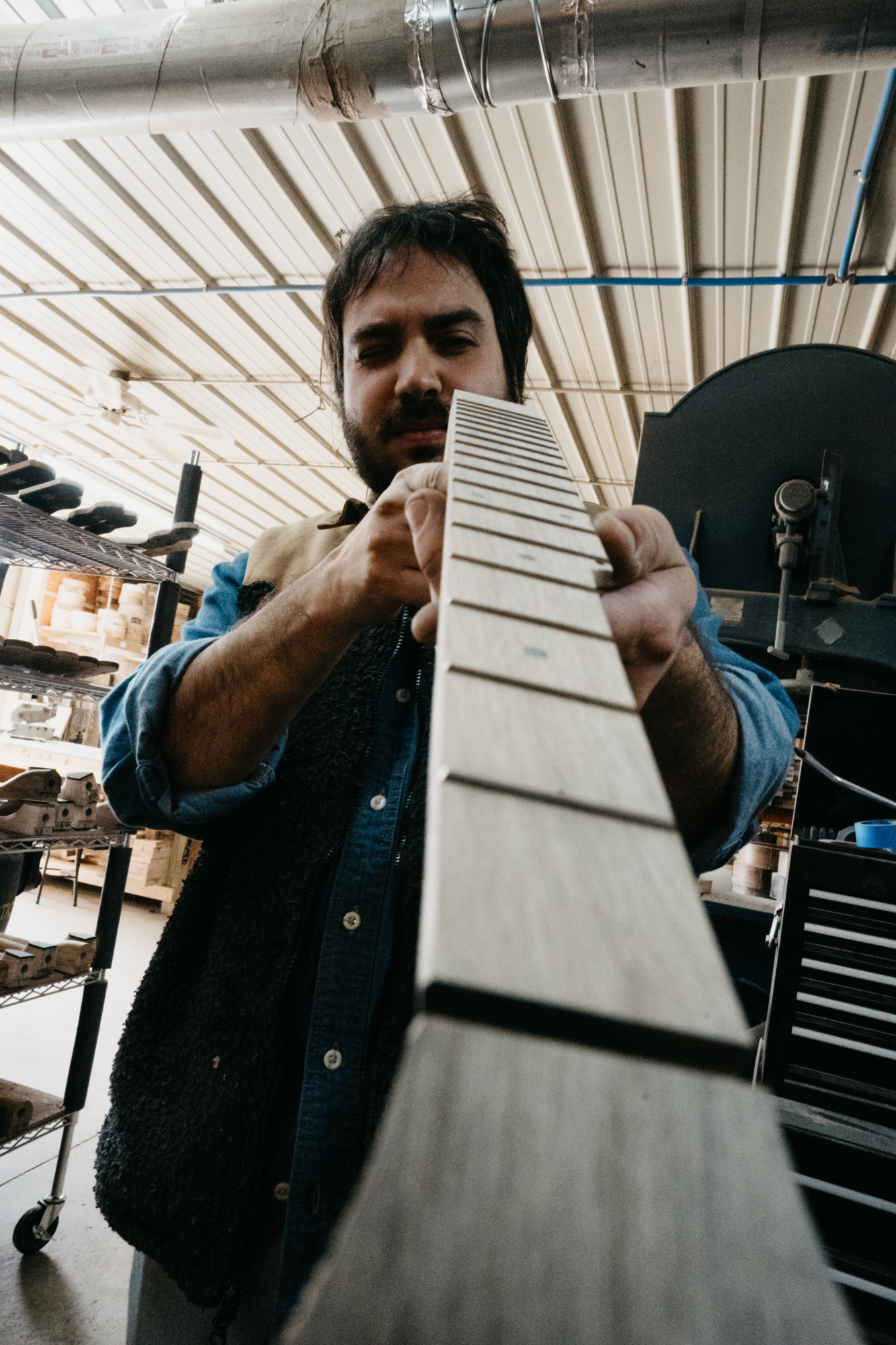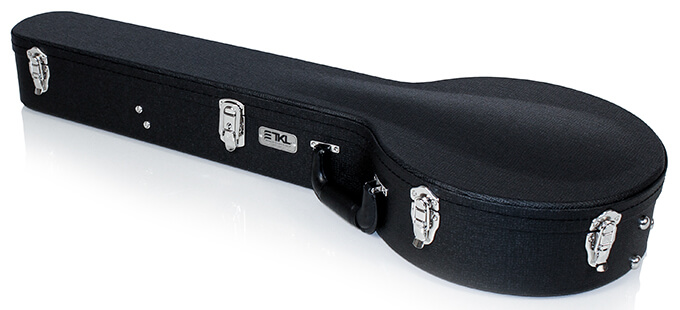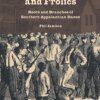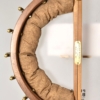
Written by: Patrick David Sawyer
Photo by Andy Wickstrom
If you’ve ever picked up a banjo with a warped or bowed neck, you know how frustrating it can be. The action is all over the place, intonation suffers, and the instrument just doesn’t play like it should. That’s why a truss rod is one of the most important components in any modern banjo. It keeps the neck stable, lets you fine-tune relief, and ensures your instrument stays playable for years to come.
Whether you’re building a banjo, buying one, or just maintaining your instrument, understanding truss rods can make a big difference. Not all truss rods are the same, and the type you choose affects how well your neck holds up to string tension over time.
One of the biggest mistakes I see players make when buying a banjo is not paying attention to the truss rod—or lack thereof. A banjo without a truss rod severely limits your ability to adjust the neck relief, which is essential for achieving different setups and maintaining playability over time. If you’re in the market for a banjo, I strongly recommend making sure it has an adjustable truss rod. Otherwise, you’re stuck with whatever relief the builder sets, with no way to compensate for changes due to humidity, string tension, or playing style.
What a Truss Rod Does (And What It Doesn’t Do)
A truss rod is a reinforcement system inside the neck of a banjo that adjusts the amount of neck relief (forward bow) to compensate for string tension and environmental changes. However, there’s a common misconception that adjusting a truss rod changes the action (the height of the strings from the fretboard). While neck relief does affect action, it SHOULD NOT BE USED TO ADJUST ACTION!
Truss Rods Adjust Neck Relief—Not Action
- The truss rod is only responsible for the curvature of the neck, ensuring the proper amount of relief for clean fretting and optimal sustain typically set at .008”-.012” at the middle of the neck.
- The relief on a banjo is typically set with feeler gauges and a straight edge NOT under string tension.
- Action is controlled by the bridge height, nut height, and neck height position, NOT the truss rod.
- A poorly adjusted truss rod can lead to buzzing, excessive neck relief causing intonation issues, but it should never be used as a way to lower or raise action.
Why Truss Rod Adjustments Should Be Done by a Professional
Truss rods are extremely sensitive, and improper adjustments can damage the neck beyond repair. If over-tightened, the rod can:
- Cause excessive back-bow, leading to fret buzzing or dead notes
- Put undue stress on the neck, potentially causing cracks or separation at the fretboard
- Strip or break the rod, requiring a costly neck repair or replacement
A professional luthier or banjo technician understands how to make small, precise adjustments and check relief properly. If your banjo needs a truss rod adjustment, it’s always worth having it done professionally rather than risking permanent damage.
Why One-Way Truss Rods Work for Guitars but Not for Banjos
Many guitars come with one-way adjustable truss rods, and for them, this system works just fine. That’s because a guitar’s steel strings generate significant tension—typically between 120 to 180 pounds of pull on the neck. This natural tension pulls the neck into a forward bow (relief), which a one-way truss rod is designed to counteract by straightening the neck.
Banjos, however, are a completely different story.
A banjo’s string tension is much lower—typically around 40 to 60 pounds, or roughly one-third the tension of a guitar. Because of this, a banjo neck doesn’t always develop enough natural forward bow (relief) from string tension alone. Without a proper truss rod, a banjo neck is more likely to stay too flat or even bow backward, making it nearly impossible to achieve comfortable action without buzzing.
This is why two-way adjustable truss rods are essential for banjos. Unlike a one-way rod, which only removes relief, a two-way truss rod allows you to add artificial relief when necessary.
Compression-Style Two-Way Adjustable Truss Rod (The Best for Banjos)
A compression-style truss rod solves these problems by applying pressure to the back of the neck instead of the fretboard, creating relief with minimal force and reducing stress on the neck.
Why Compression Truss Rods Are Superior:
- No upward force on the fretboard, eliminating dead spots and stress on glue joints.
- More efficient relief adjustment—requires less force than a standard two-way rod.
- Better long-term durability, as it reinforces the neck without putting unnecessary stress on the front of the instrument.
- Improved tone and sustain, since the fretboard isn’t being pushed upward, allowing for better resonance.
Why Pisgah Banjos Uses Two-Way Compression Truss Rods
Pisgah Banjos installs custom two-way compression truss rods in every banjo they make. Their truss rod system is designed to:
- Keep their instruments lightweight and well-balanced
- Provide greater neck stability over time
- Ensure better tonal consistency and sustain
This is one of the many reasons why Pisgah banjos are known for their playability and longevity. You can check out their models here.
Final Thoughts (And a Disclaimer)
If you’re looking to buy a banjo, I can’t stress this enough: Make sure it has an adjustable truss rod. Whether it’s a two-way or a compression-style rod, having adjustability means you can set up your banjo exactly how you like it.
Compression-style truss rods are superior because they don’t put unnecessary force on the fretboard, avoiding common issues with dead spots and glue joint failures. If you want the best stability, longevity, and adjustability in your banjo, a compression-style truss rod is the way to go.
Disclaimer:
This article is my opinion, but it’s based on years of hands-on experience working with banjos—building, repairing, and setting them up for players at all levels. I’ve seen what happens when a banjo lacks a truss rod, and I’ve dealt with the frustration of trying to fix an instrument that can’t be adjusted. If you want an instrument that lasts, stays playable, and can adapt to different setups, an adjustable truss rod is the way to go.








